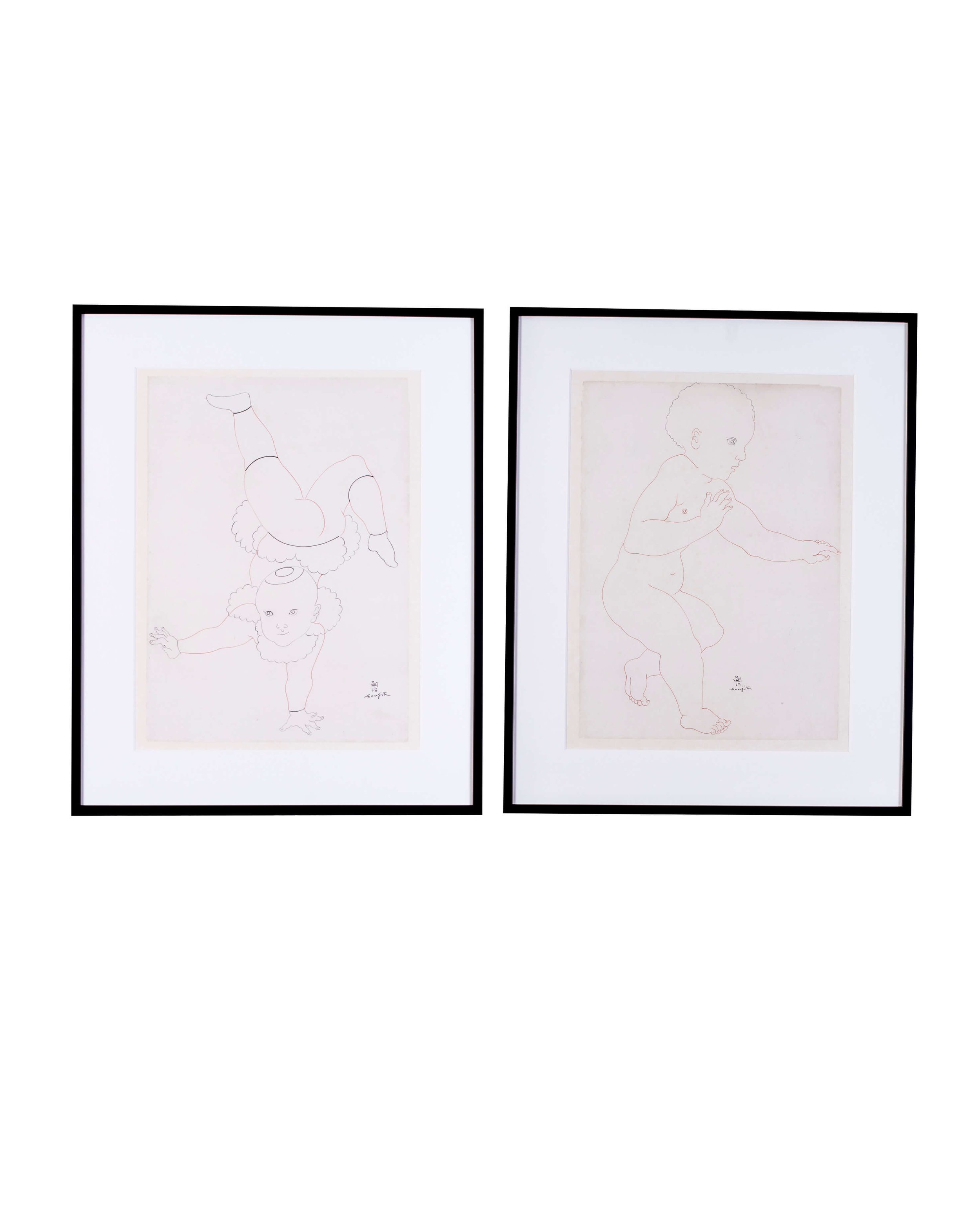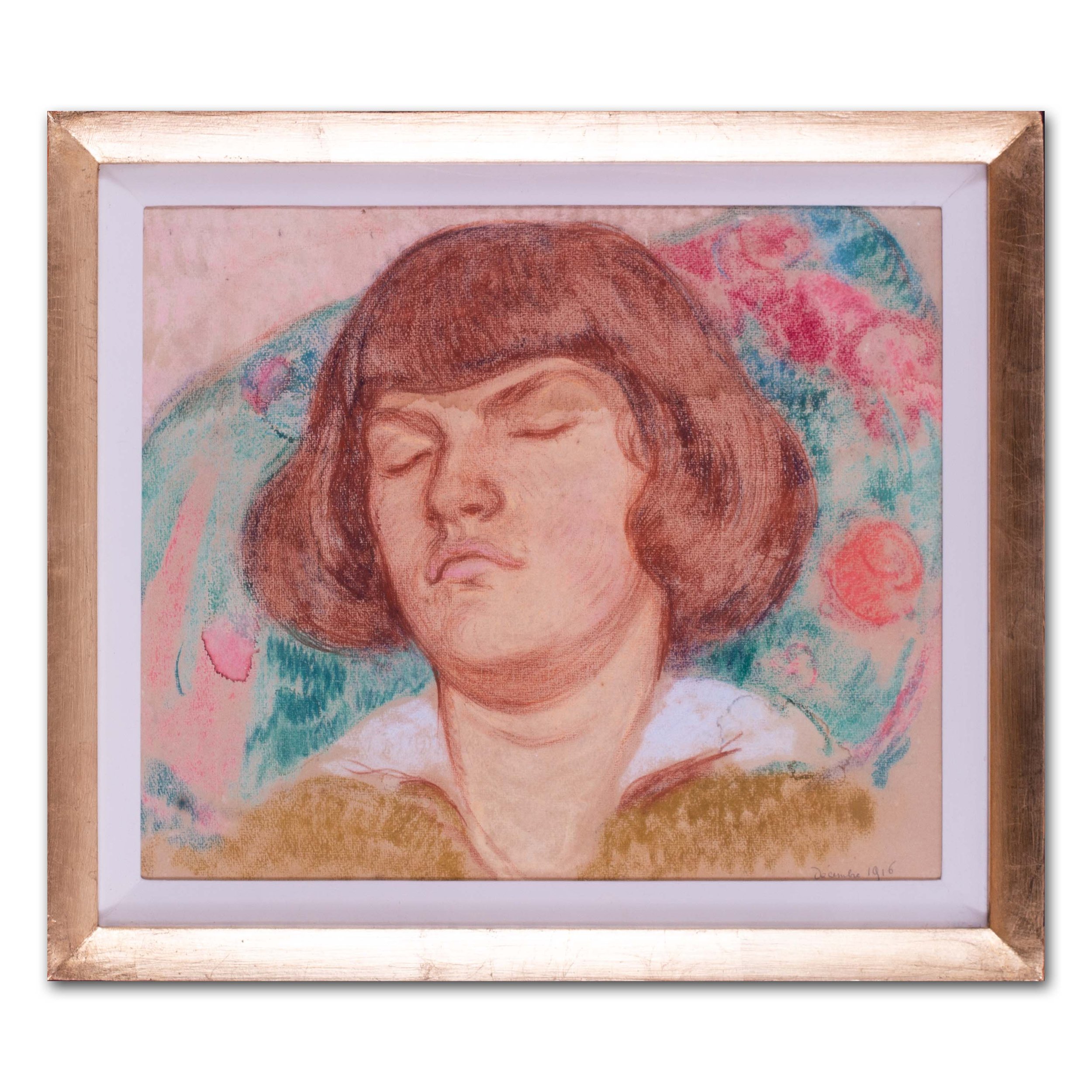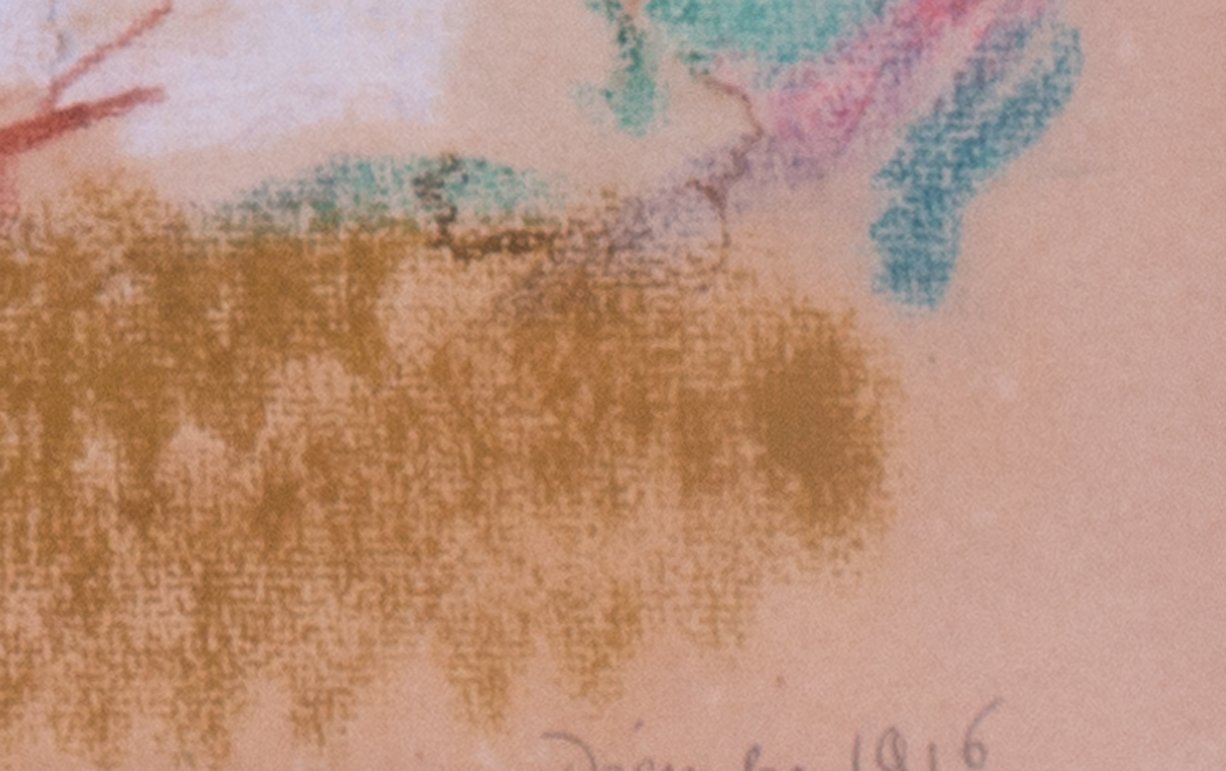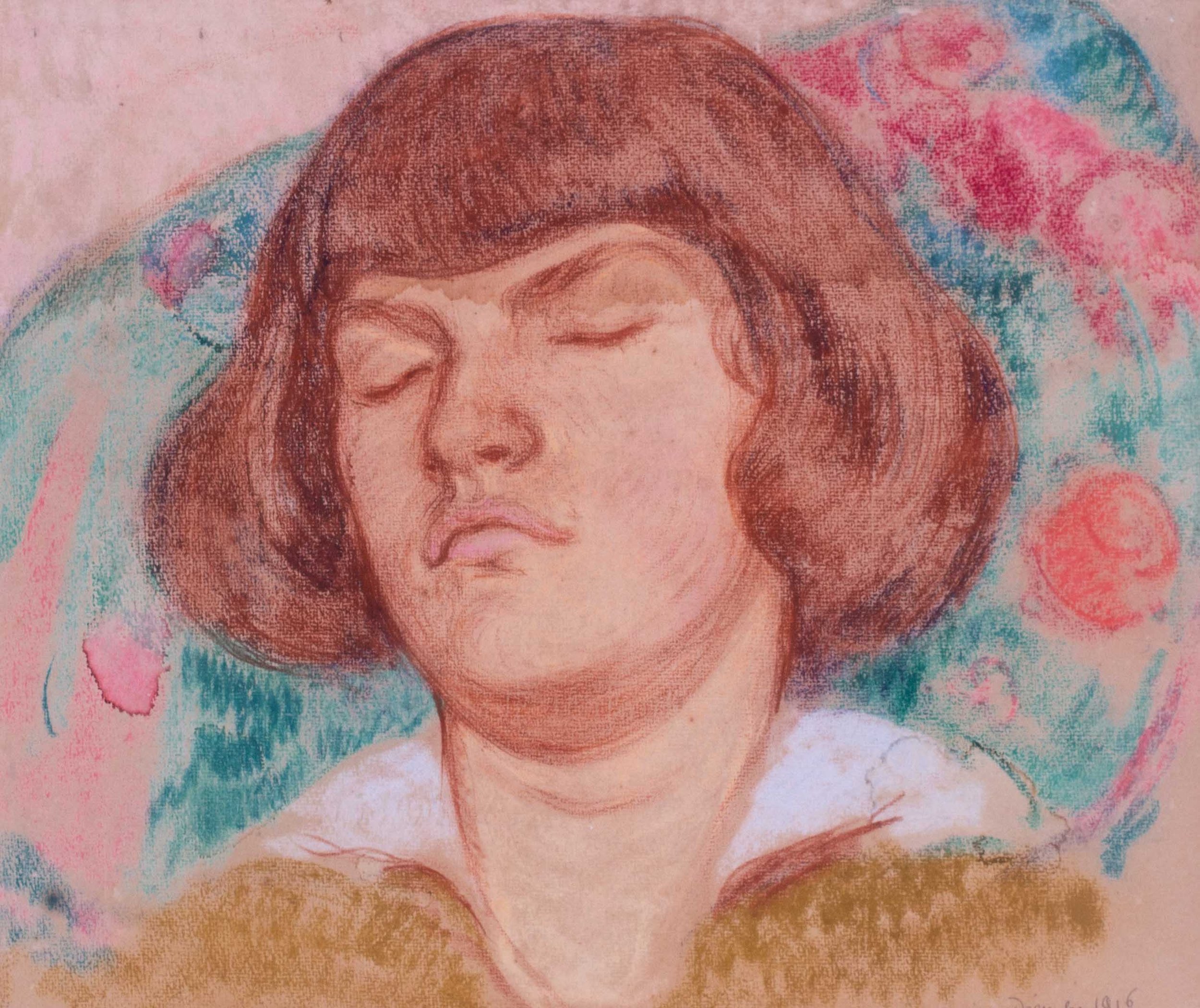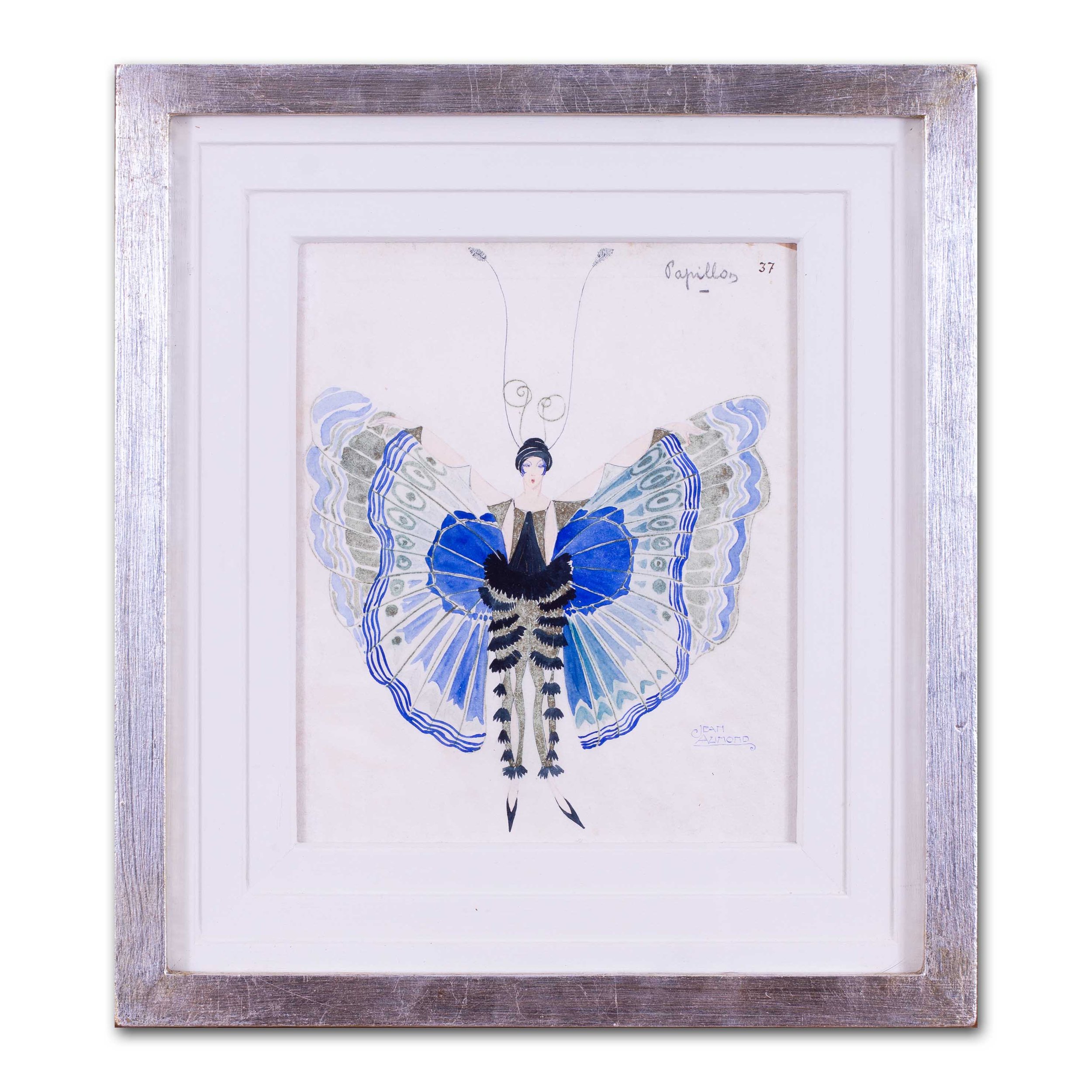Tsuguharu Foujita, 'Baby acrobat; and Baby walking'
£25,000.00
(Léonard) Tsuguharu Foujita (Japanese, 1886-1968)
Baby acrobat; and Baby walking
both signed `Foujita’ (lower right), and both signed in Japanese
red and black ink on paper
20 x 15 in. (50.8 x 36.8 cm.) a pair
Provenance: The Estate of Tatsuo Kameda, Toronto.
(Léonard) Tsuguharu Foujita (Japanese, 1886-1968)
Baby acrobat; and Baby walking
both signed `Foujita’ (lower right), and both signed in Japanese
red and black ink on paper
20 x 15 in. (50.8 x 36.8 cm.) a pair
Provenance: The Estate of Tatsuo Kameda, Toronto.
(Léonard) Tsuguharu Foujita (Japanese, 1886-1968)
Baby acrobat; and Baby walking
both signed `Foujita’ (lower right), and both signed in Japanese
red and black ink on paper
20 x 15 in. (50.8 x 36.8 cm.) a pair
Provenance: The Estate of Tatsuo Kameda, Toronto.

